Learning how to grind dog nails can be a total game-changer for both you and your furry friend. It's a must-know skill to keep your dog's paws in tip-top shape while avoiding those dreaded overgrown nails.
In this quick guide, we'll break it down step-by-step so you can master the art of nail grinding with ease and make it stress-free for your pup. Say goodbye to nail clippers and hello to smoother, more comfortable paws!
Why Grind Your Dog's Nails? The Benefits of Nail Grinding

Grinding your dog's nails isn't just about aesthetics but also comfort and safety. Let's take a quick look at some serious perks:
- Prevents Overgrown Nails. Regular grinding prevents long nails, which can cause discomfort or injury.
- Safer Nail Care. Grinding reduces the chances of damaging the quick, which can happen more easily with traditional clippers.
- Reduces Sharp Edges. Grinding smooths out rough edges, so your dog's paws stay nice and soft.
- Better Control. Properly ground nails help your pup maintain better traction and mobility, especially on slippery surfaces.
- Stress-Free Process. When you grind nails regularly, your pet gets used to the process, making it easier to maintain.
- Healthier Feet. Grinding can help avoid pressure on your dog's paw pads, reducing the risk of injury and swelling.
Related Post: Unhealthy Dog Nails: Causes, Symptoms, Solutions + FAQs
Preventing Overgrowth and Injury With Regular Nail Grinding
Regular nail grinding is your best friend when it comes to preventing overgrowth and injury. If you don't keep up with it, those nails can get long and cause serious problems.
Long nails can snag on things, leading to painful tears or, worse, infections! Grinding your pet's nails helps keep them at a manageable length and avoids these issues before they even start.
Overgrown claws can also impact your dog's posture and movement. They can throw off their balance, causing discomfort while walking or running. Keeping their nails clipped and ground regularly helps them stay mobile and pain-free.
Dog Nail Grinding vs Clipping: Pros and Cons
You have two main options for your dog's nail-trimming sessions: grinding or clipping. Both have their perks, but they also come with some key differences:
|
Method |
Pros |
Cons |
|
Nail Grinding |
Creates a smoother finish with rounded edges |
Takes longer than clipping |
|
|
Less risk of cutting the quick, the sensitive part of the nail, prone to bleeding |
Some dogs may get startled by the noise |
|
|
Better for dark nails and thick nails, where the quick length is hard to identify |
|
|
Nail Clipping |
Quick and easy, perfect for a fast trim |
Leaves sharp edges that may crack or scratch |
|
|
Ideal for dogs with light-colored nails, where you can easily see the quick |
Risk of cutting the quick, especially for dogs with dark nails |
Both methods have their place. What will best serve your dog's nails depends on their needs, so choose wisely.
What You Need To Grind Dog Nails Safely and Effectively

The right equipment makes all the difference when trimming dog nails. Let's get into the must-haves:
- Dog Nail Grinder. A safe tool designed specifically for dog nails. Look for a quiet, low-vibration model that'll keep your pup calm.
- Paw Pad Holders. These help you keep your dog's paws steady while grinding, ensuring a safe and effective trim.
- Towel or Blanket. A towel or blanket can help wrap your pet comfortably, especially if they're nervous.
- Styptic Powder. In case of accidental damage to the quick or surrounding skin, styptic powder helps stop any bleeding quickly and efficiently.
- Treats. Reward your furry friend for good behavior, turning nail grinding into a positive experience.
Choosing the Right Nail Grinder for Your Dog
Not all grinders stack up equally, so make sure you choose one that suits your pup's needs and your comfort level. Look for a grinder with a low noise level. A quiet motor will help prevent startling your pet, making the process much more calming.
Also, opt for a grinder with adjustable speeds to control the power and pace. This feature works for dogs of all sizes. You'll also want a tool that's comfortable for you to hold, especially for longer dog grooming sessions.
Lastly, some grinders come with safety guards to protect against over-grinding or cutting too much. These are especially helpful for beginners.
Step-By-Step Guide on How To Grind Dog Nails at Home
Ready to grind your dog's nails at home? Follow these simple steps, and your pup will have well-trimmed nails in no time:
- Prepare the Area. Set up a quiet, calm environment, and make sure you have all the necessary tools within reach.
- Get Your Dog Settled. Have your dog lie down or sit in a comfortable position. If needed, wrap them in a towel to keep them still.
- Inspect the Nails. Take a good look at your dog's nails and check for any cracks, dirt, or infection.
- Start Grinding. Start at a low speed and gently grind a small portion of one nail at a time. Apply slight pressure, making sure you avoid the quick.
- Reward and Repeat. After grinding each nail, give your furry friend a treat and lots of praise to help them associate regular nail-trimming sessions with positive experiences.
Preparing Your Dog for Nail Grinding
First, make sure your dog is calm before starting. Take your time and allow them to get used to the idea of nail grinding. If they're nervous, try gently massaging their paws or letting them sniff the nail trimmer or grinder before you begin.
Next, get your pup into a comfortable position. Many dogs do well lying on their side or sitting in your lap. If your pet tends to wiggle, you can wrap them in a towel to keep them secure and comfortable.
The Proper Technique for Grinding Dog Nails
Start by holding the grinder at a slight angle, keeping it steady and relaxed in your hand. Gently introduce the tool to your dog's nail, starting at the tip. Apply light pressure.
Be mindful of the quick. You'll want to grind the nail gradually, taking short, controlled strokes. Stop before you reach the quick to avoid causing any discomfort.
Always keep a close eye on the nail, especially if it's dark, as you won't be able to see the quick as easily. Work slowly and check frequently to ensure you're not getting too close.
How To Keep Dogs Calm While Grinding Their Nails

Many dogs can get nervous about nail trimming, so it's important to create a calming atmosphere that sets the stage for success. The key is to stay relaxed and move at your dog's pace. If your pup senses your calm energy, they're more likely to stay relaxed too.
Also, keep the grooming session short and sweet. Break it up into smaller parts if needed, especially if your pooch is nervous. Gradually, they'll become more used to the process and learn that nail grinding isn't something to be afraid of.
Creating a Calm Environment for Nail Grinding Sessions
Start by choosing a quiet, distraction-free area where you and your dog can focus. Avoid loud noises or anything that might startle your furry friend during the session. Dim the lights or play some soothing music to help set a peaceful mood.
You should also have all your tools ready and within reach before you start. Having everything prepared ahead of time means you won't need to leave your dog's side or distract them while searching for tools.
Tips for Calming Stress and Nervousness During Nail Grinding
Keeping your dog calm during nail grinding creates a more positive experience. Here are some simple tips to help ease their worries and fears:
- Use Positive Reinforcement. Reward your dog with a treat or praise after each nail or every few minutes of grinding.
- Keep Sessions Short. Start with a few nails per session and gradually increase the number as your pet becomes more comfortable.
- Stay Calm. Make sure you stay calm and relaxed. If you're tense, your pooch might get nervous too.
- Take Breaks if Needed. If your dog gets too stressed, pause the session and give them time to calm down.
- Desensitize to the Grinder. Let your pup get used to the sound and feel of the grinder by gently introducing it during relaxed moments.
How CBD Can Help Calm Your Dog During Nail Grinding
If your dog tends to get anxious or stressed when it's time to trim their nails, CBD (cannabidiol) might help them relax. By interacting with their endocannabinoid system (ECS) and promoting a sense of calm, CBD may make the grooming process much more pleasant for you and your canine companion.
Giving your pup CBD before a nail grinding session may help them feel more at ease without relying on sedatives. Whether it's their first time or they've had a rough experience before, this natural remedy may help take the edge off. It's an excellent option for dog owners looking for a natural, non-toxic solution to make grooming less stressful.
Using HolistaPet's CBD for Dogs To Promote Relaxation

HolistaPet's CBD for dogs is a fantastic option for easing your pup's nerves during nail-grinding sessions. Our CBD options, featuring premium, broad-spectrum CBD, may promote relaxation and calmness without any mind-altering effects, making it a potential option for nervous dogs.
Our CBD Oil for Dogs is one of our best products to use before nail grinding. Just a few drops before the session may help your pet settle down and relax. During the actual trimming, you can reward your furry buddy with our CBD Soft Chews or Hard Treats to create positive associations with the experience. All our offerings are vet-approved and third-party lab-tested for your peace of mind. Check out our shop page for more information!
Common Mistakes To Avoid When Grinding Dog Nails
Some common mistakes can make the nail-grinding process more difficult or stressful for you and your pet. Avoiding these mistakes will help create a smoother session:
- Grinding Too Close to the Quick. If you grind too close, it can cause discomfort or even bleeding.
- Using the Wrong Grinder. Make sure you choose a dog-specific grinder to avoid injuries.
- Not Calming Your Dog First. Going straight into nail grinding can cause unnecessary anxiety.
- Rushing the Process. Trying to grind all the nails at once can stress your pup out.
- Not Keeping the Grinder Clean. A dirty grinder can irritate your pet's nails or cause it to malfunction.
Avoiding Injury: How Not To Grind Too Close to the Quick
Always grind slowly and carefully, making small, controlled motions. Start at the tip of the nail and work your way down, but stop before you reach the quick. If you're unsure where the quick starts, try grinding just a bit at a time. Check after each pass to make sure you're not getting too close.
For dogs with dark nails, it can be tricky to see the quick, so taking your time and grinding gradually is key. If you're ever unsure, it's better to trim too little than to risk cutting the quick.
When To Seek Professional Help for Nail Grinding
If your dog is extremely anxious or if you feel uncomfortable with the process, it's always a good idea to consult a professional groomer or veterinarian. A professional can help grind your dog's nails safely and correctly.
If your dog has a history of nail injuries or if you're worried about cutting the quick, it's better to leave the job to an expert. Additionally, if your furry friend has mobility issues or suffers from arthritis, a professional may be able to better handle their paws.
Regular visits to a professional can also help maintain a healthy grooming routine for your canine companion. Don't hesitate to seek help when needed. Your pup's comfort and safety should always come first!



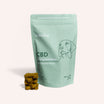


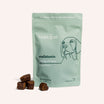
![Probiotics For Dogs [Soft Chews] - HolistaPet](http://www.holistapet.com/cdn/shop/files/Probiotic-Infographic-1_472d7a29-e30c-435a-9638-1365d8c3a9f9.jpg?v=1725384841&width=104)
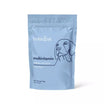



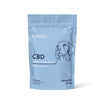



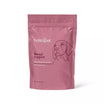
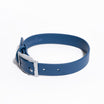
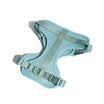
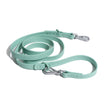
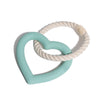
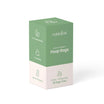
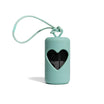

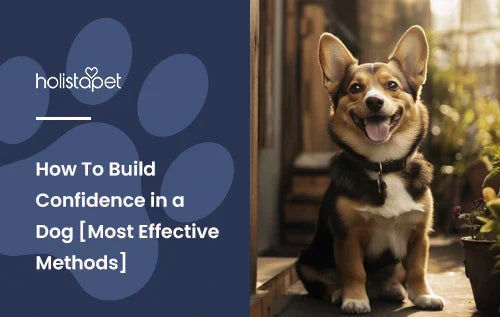
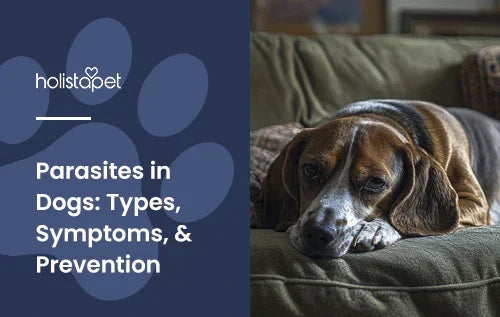
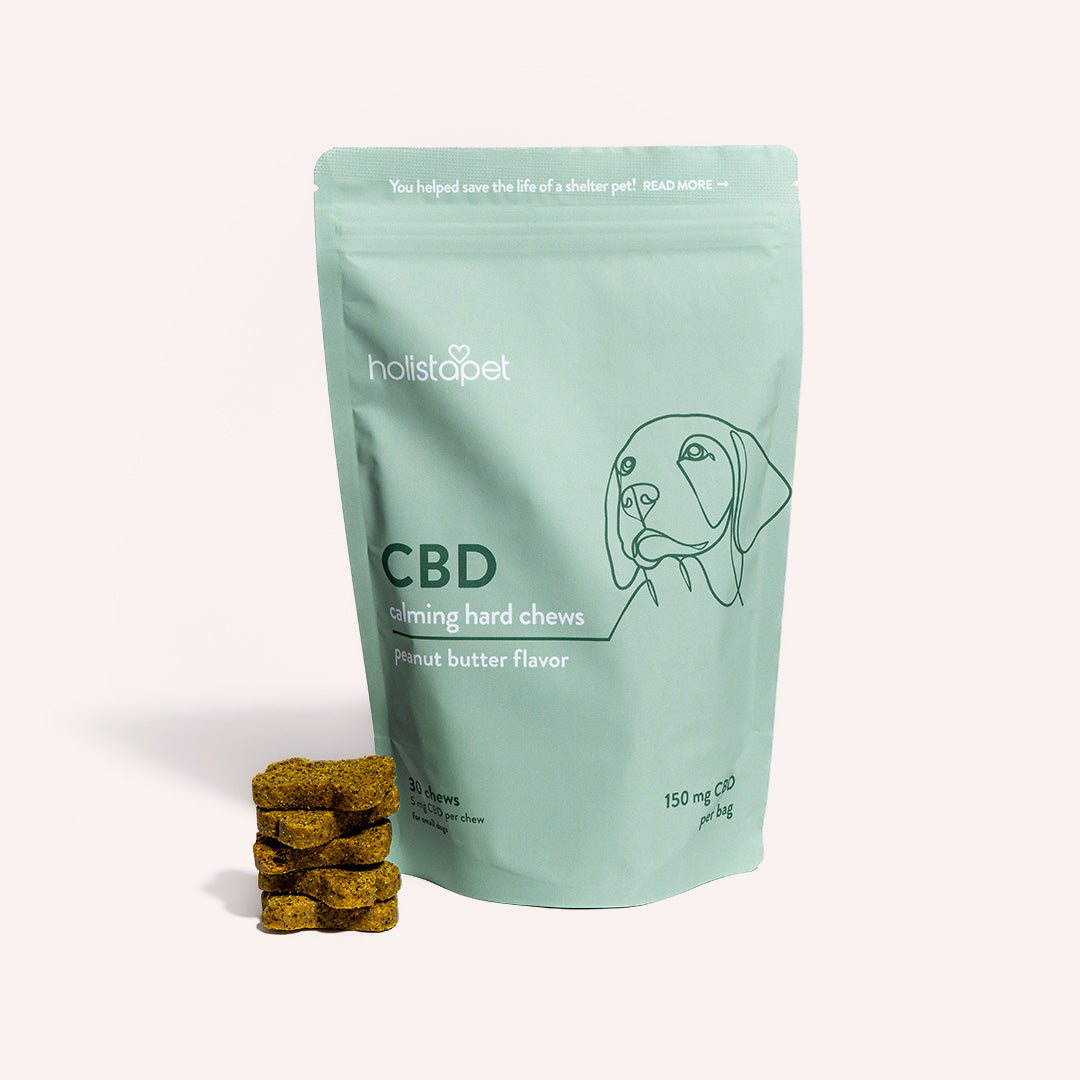

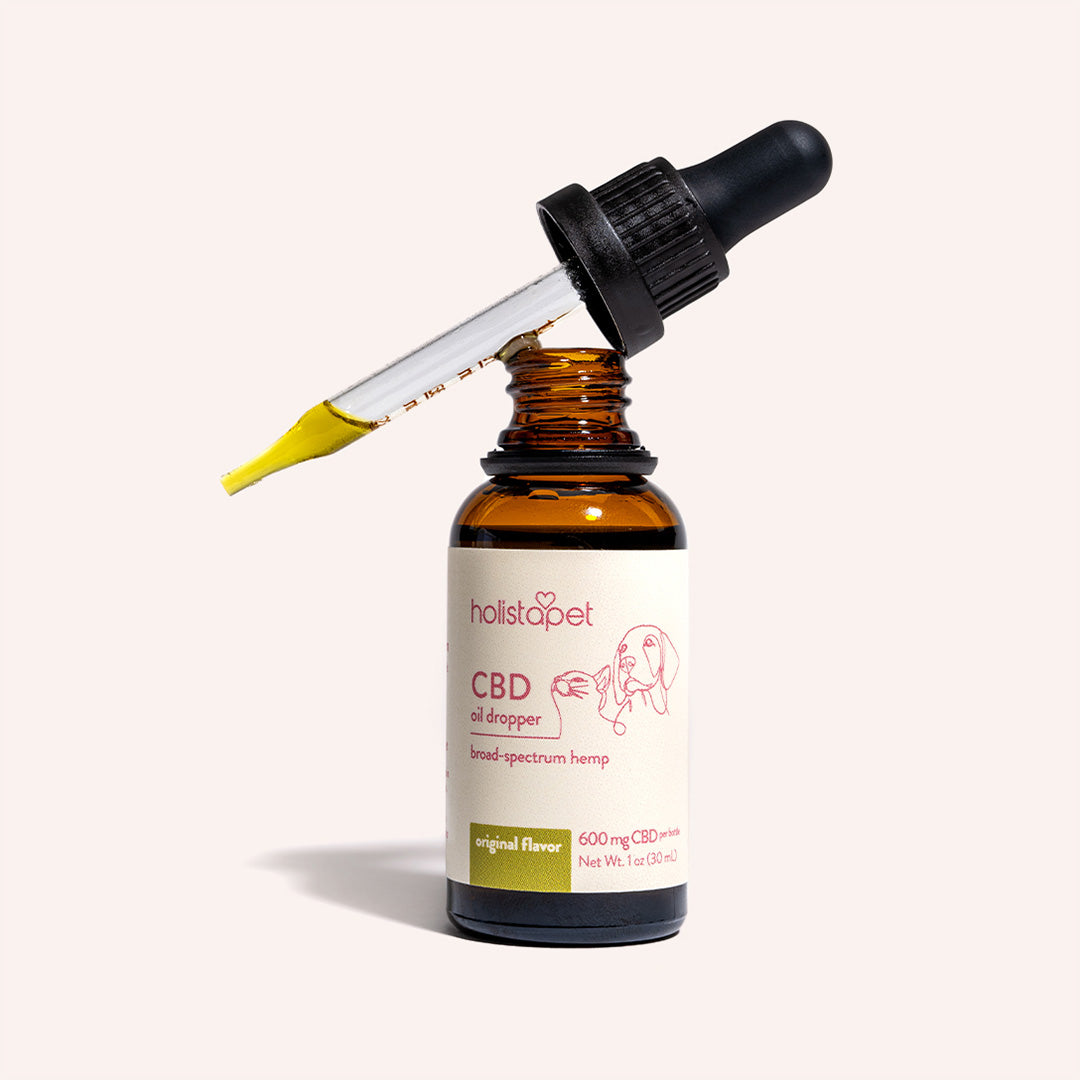
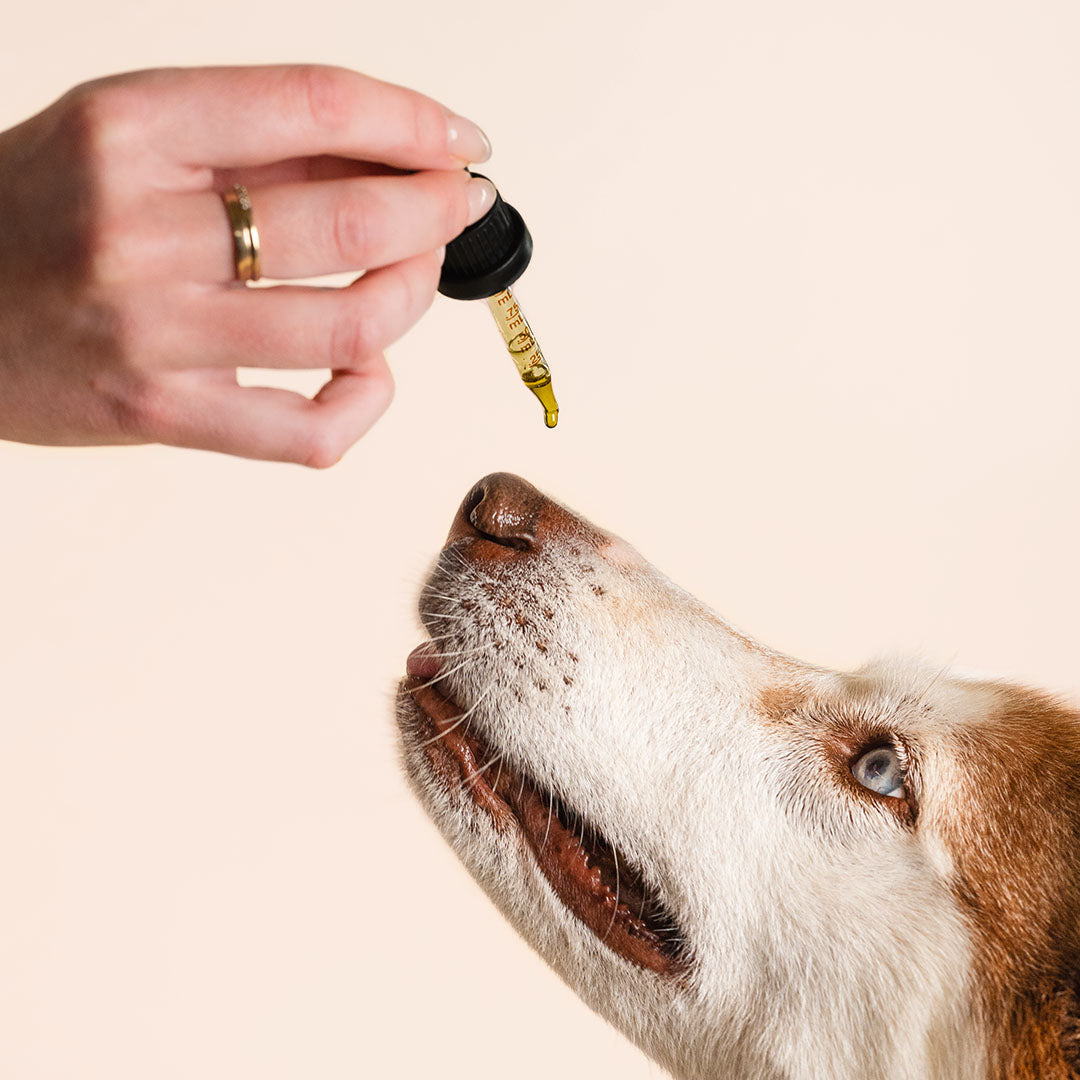


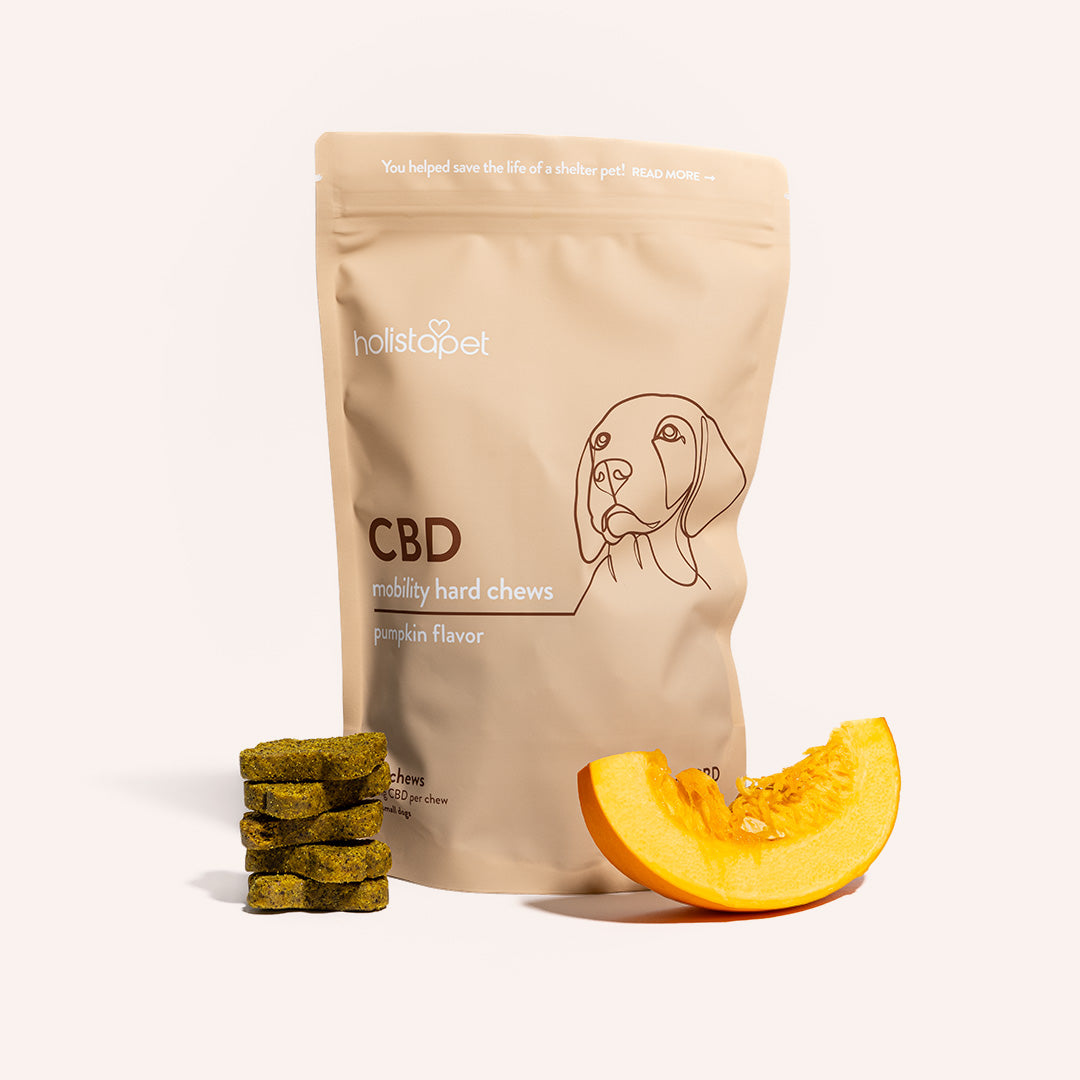


Leave a comment
All comments are moderated before being published.
This site is protected by hCaptcha and the hCaptcha Privacy Policy and Terms of Service apply.